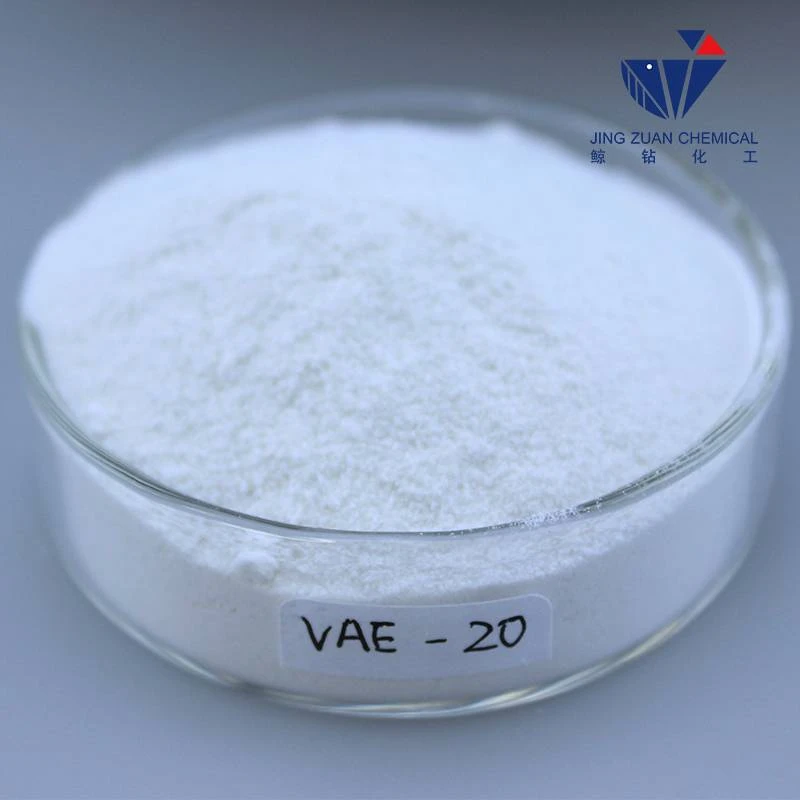
Sult . 30, 2024 14:23 Back to list
Hydroxyethylcellulose Applications and Benefits in Various Industries and Products
Hydroxyethylcellulose-Based Materials Applications and Benefits
Hydroxyethylcellulose (HEC) is a non-ionic, water-soluble polymer derived from cellulose. This versatile compound has gained popularity across various industries due to its unique rheological properties and functional functionalities. The synthesis of HEC involves the reaction of alkali cellulose with ethylene oxide, resulting in a product that can be tailored for different applications by adjusting the degree of substitution and molecular weight. As we explore the applications and benefits of hydroxyethylcellulose-based materials, it becomes apparent that this polymer is a crucial ingredient in numerous formulations.
Applications in Personal Care Products
One of the most significant applications of hydroxyethylcellulose is in the personal care and cosmetic industry. Due to its thickening, gelling, and stabilizing properties, HEC is commonly found in shampoos, conditioners, lotions, creams, and gels. HEC not only helps to improve the viscosity of these products but also aids in the even distribution of other ingredients. Additionally, its water-retention capabilities make it an excellent moisturizing agent, enhancing the feel and performance of personal care formulations.
Moreover, HEC’s non-ionic nature allows it to be compatible with a range of surfactants and other ingredients, making it a preferred choice for formulators looking to develop stable and effective products. Its resistance to electrolytes means it can maintain performance in formulations that may be challenged by variations in ionic strength, a common characteristic of personal care products.
Use in Pharmaceuticals
In the pharmaceutical industry, hydroxyethylcellulose is utilized as an excipient in various dosage forms, particularly in oral solid formulations and ophthalmic solutions. Its ability to form gels and viscous solutions makes it an excellent candidate for controlled release applications. HEC can enhance the bioavailability of active ingredients by modifying the release rate, making it a valuable addition to drug formulations aimed at ensuring therapeutic efficacy over extended periods.
Furthermore, HEC’s biocompatibility and non-toxic nature make it suitable for use in sensitive applications, such as in wound healing and drug delivery systems. In ocular formulations, HEC helps to increase the retention time of active ingredients on the eye surface, improving therapeutic outcomes in dry eye treatments and other ophthalmic applications.
hydroxyethylcellulose based

Industrial Applications
Beyond personal care and pharmaceuticals, hydroxyethylcellulose is also widely used in various industrial applications, including paints and coatings, adhesives, and construction materials. In the construction sector, HEC serves as a thickener and stabilizer in cement, gypsum, and plaster products. Its water retention properties ensure that these materials maintain their workability, improving the application process and the overall quality of the finished surface.
In paints and coatings, HEC acts as a rheology modifier, helping to control the flow and application properties, resulting in improved coverage and texture. Its ability to synergize with other additives enhances the performance characteristics of coatings, such as sag resistance and leveling.
Environmental Benefits
As industries increasingly shift towards sustainability, hydroxyethylcellulose offers an environmentally friendly alternative to synthetic polymers. Being derived from natural cellulose, HEC is biodegradable and non-toxic, making it a suitable choice for formulations that aim to minimize environmental impact. This aligns with the growing demand for green products across various sectors.
Conclusion
In conclusion, hydroxyethylcellulose-based materials represent a versatile and valuable asset in numerous applications, ranging from personal care to pharmaceuticals and industrial products. With its thickening and stabilizing properties, compatibility with various ingredients, and environmental advantages, HEC continues to be at the forefront of innovation in material science. As industries evolve, the demand for effective, sustainable, and multifunctional materials is likely to increase, positioning hydroxyethylcellulose as a key player in shaping the future of formulations across diverse fields. Whether in developing more effective personal care products or advancing pharmaceutical formulations, HEC stands out as a critical ingredient, driving progress and enhancing performance while aligning with global sustainability goals.
-
The Widespread Application of Redispersible Powder in Construction and Building Materials
NewsMay.16,2025
-
The Widespread Application of Hpmc in the Detergent Industry
NewsMay.16,2025
-
The Main Applications of Hydroxyethyl Cellulose in Paints and Coatings
NewsMay.16,2025
-
Mortar Bonding Agent: the Key to Enhancing the Adhesion Between New and Old Mortar Layers and Between Mortar and Different Substrates
NewsMay.16,2025
-
HPMC: Application as a thickener and excipient
NewsMay.16,2025
-
Hec Cellulose Cellulose: Multi functional dispersants and high-efficiency thickeners
NewsMay.16,2025







